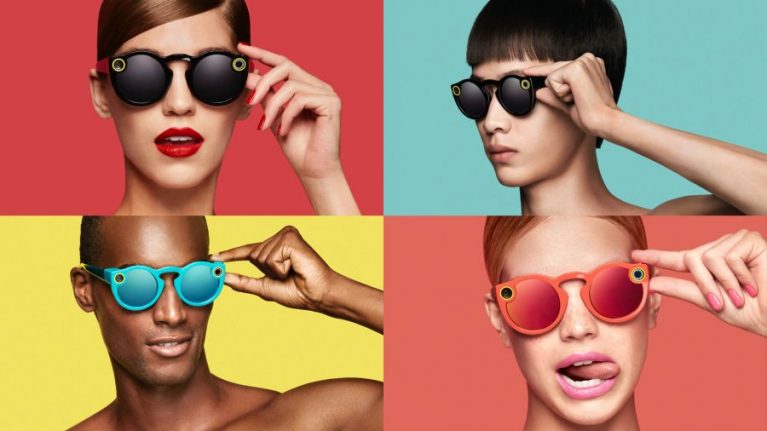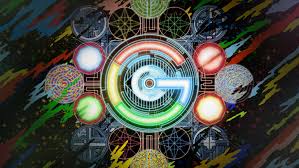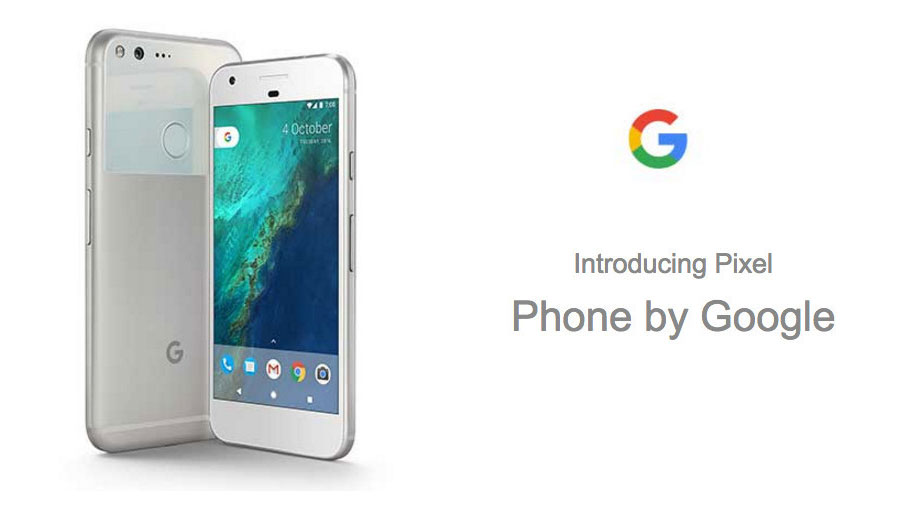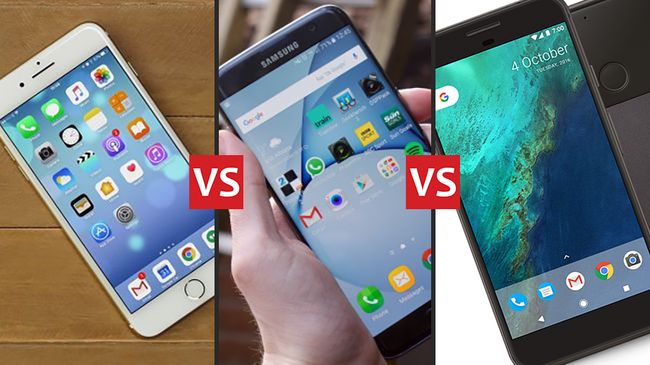Snapchat Spectacles are finally here and I have to say, I’m still in awe by Snapchat’s (or should I say, Snap’s) brilliant market strategy. It will probably go down as one of the greatest marketing case studies, in my opinion.
So, what exactly are they?
In short, they are $130 glasses with a circular camera mounted on the lens that lets you take first-person video footage. You can then upload your videos onto social media sites instantly – pretty neat!
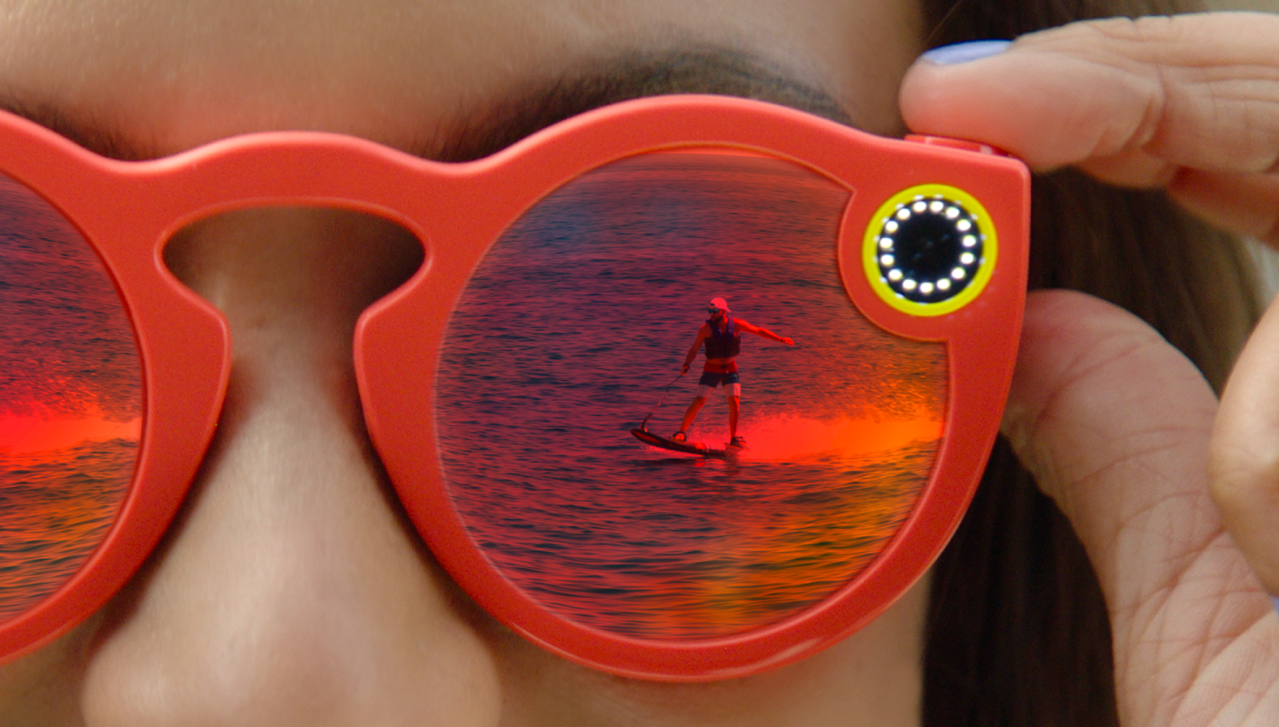
Who are they targeted towards?
The younger crowd. Currently, “37% of Snapchat’s US user base falls into the 18-24 category.” This gives Snapchat a huge advantage over its competitors like Facebook (with its Oculus VR) and Google (with its Google Glasses), when it comes to locking in their target audience.

Essentially, Snapchat has the biggest advantage to tap into a generation that has grown up with the internet and smartphones in an always-on digital world. They’re tech-savvy and are likely to try new technologies and take up new products with brands they like. As you can see below, their demo video ad is targeted towards a younger audience.
What does this mean for brands and digital marketing?
Opportunities. Brands can now broadcast product launches, live events, interviews, behind the scenes footage directly to their core demographic. Snapchat’s young users are on the app for, on average, 30 minutes every day (As an avid Snapchat user, I’d say that’s pretty modest).
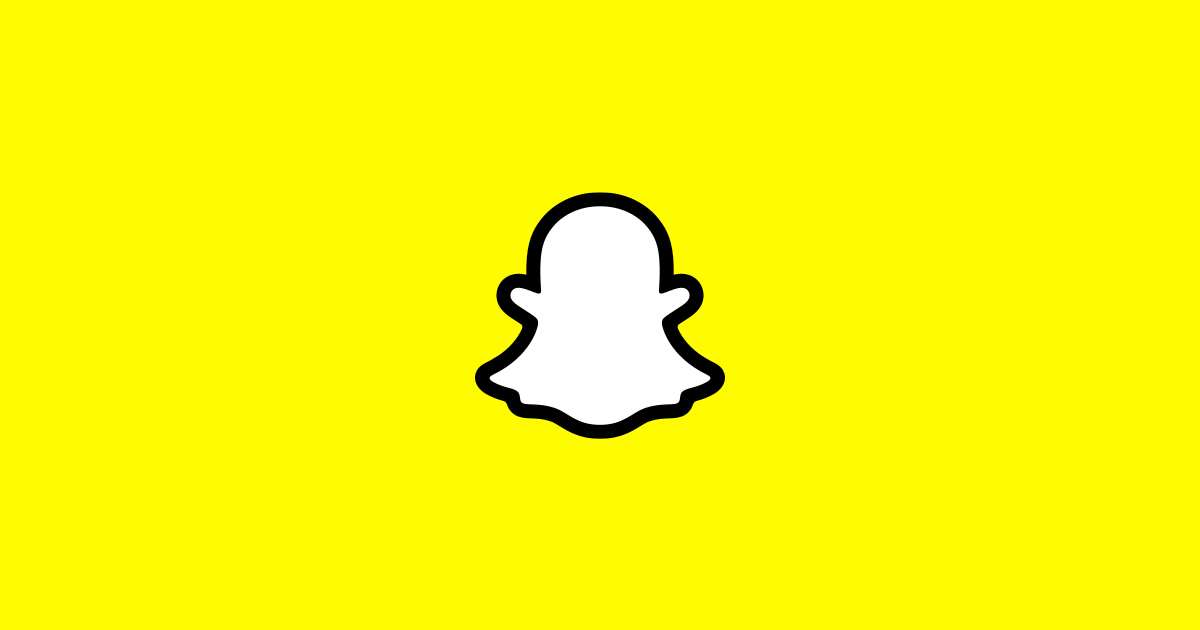
All in all, I’m pretty excited to see how the big brands will react to the Spectacles and I think it’s safe to say we can expect some cool ads in the near future. Who knows, it might spill into other social media channels and possibly even TV productions.
So what brands do you want to see release ads using the Spectacles? Or do you think they’re more of a novelty and will quickly fade away like the Google Glasses? Reply in the comments below!

